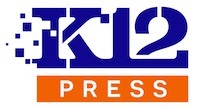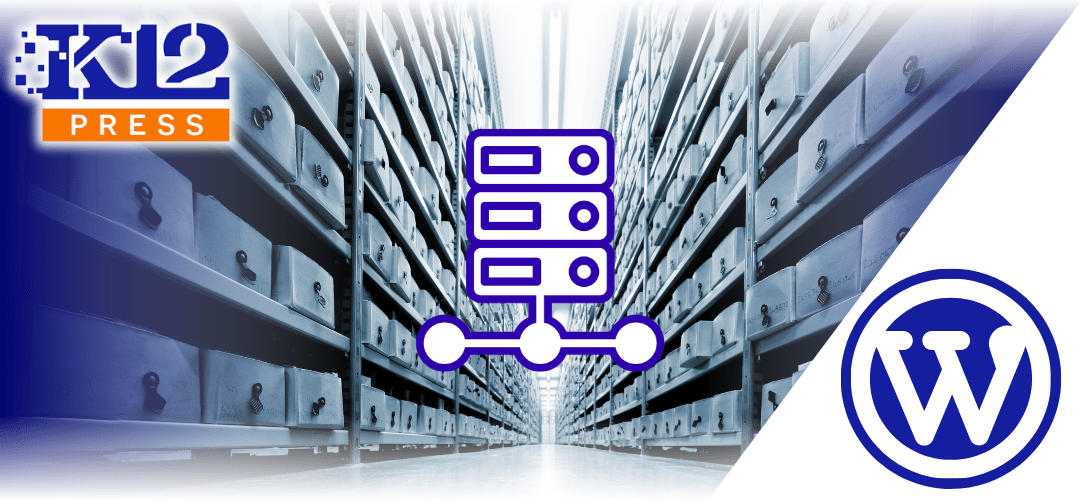Yearbooks capture priceless memories and serve as a historical record of the school years. As we move further into the digital age, creating a digital yearbook archive on your school website not only preserves these memories but also makes them easily accessible to alumni, students, and their families. This guide will provide detailed instructions on how to digitize and archive yearbooks for historical preservation and easy access.
Benefits of a Digital Yearbook Archive on Your School Website
Accessibility: Digital archives make it possible for anyone to access yearbooks from anywhere at any time, removing physical barriers to viewing these cherished memories.
Preservation: Digitizing yearbooks helps preserve them against physical decay, ensuring that future generations can enjoy these documents without the risk of damage from handling or environmental factors.
Engagement: A digital archive can engage the community, inviting alumni to revisit their past and see the evolution of the school over the years.
Step-by-Step Guide to Digitizing Yearbooks
1. Choosing the Right Scanning Technology: To start, select a high-quality scanner that can handle the size and binding of yearbooks without causing damage. Consider professional scanning services if your collection includes particularly old or fragile books.
2. Scanning Process: Carefully scan each page of the yearbooks, ensuring high resolution and color accuracy. It’s important to keep the pages flat and well-aligned to avoid distortions in the digital copies.
3. Organizing Digital Files: Create digital folders for each yearbook, labeling them by year and possibly by class or other categories relevant to your school. This organization will be crucial for the online archive structure.
Integrating the Digital Yearbook Archive on Your School Website
1. Choosing a Platform: Decide whether to use your school’s existing content management system (CMS) like WordPress or a dedicated digital archive platform that can integrate with your school’s website.
2. Uploading and Cataloging: Upload the scanned yearbooks to the website. Catalog them properly to ensure they are easily searchable. Include metadata like year, class names, and notable events to enhance searchability.
3. User Interface Design: Design an intuitive user interface that allows visitors to browse the digital yearbook archive easily. Consider features like a timeline view, search by year, or facial recognition software to help users locate specific people or events.
Maintaining the Digital Archive
Regular Updates: As new yearbooks are created, they should be digitized and added to the archive in a timely manner to keep it current.
Backup and Security: Ensure that the digital files are backed up regularly and that the archive is protected against unauthorized access to safeguard the privacy of the individuals featured in the yearbooks.
Creating a digital yearbook archive is a valuable addition to your school’s website. It not only preserves important historical documents but also provides an engaging resource for the school community. By following these steps, your school can celebrate its heritage and make it accessible to anyone, anywhere.
Looking to preserve and share your school’s history? Visit K12Press for tools and tips on creating a digital yearbook archive on your school website: Visit K12Press.














